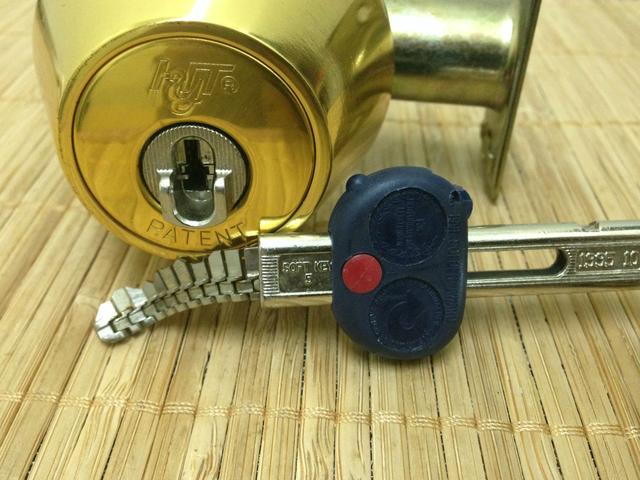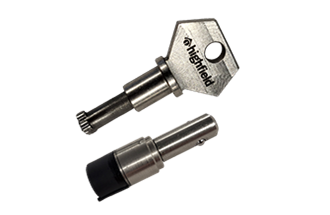What does the lock and key hypothesis state?
By A Mystery Man Writer
Description
The key (substrate) fits perfectly in the lock (enzyme). The lock and key hypothesis states that the substrate fits perfectly into the enzyme, like a lock and a key would. This is in contrast with the induced fit hypothesis, which states that both the substrate and the enzyme will deform a little to take on a shape that allows the enzyme to bind the substrate. Since, the substrate binds to a specific enzyme, this hypothesis is meant for the substrate specific enzymes.

Lock and Key Model, Overview & Examples - Video & Lesson Transcript
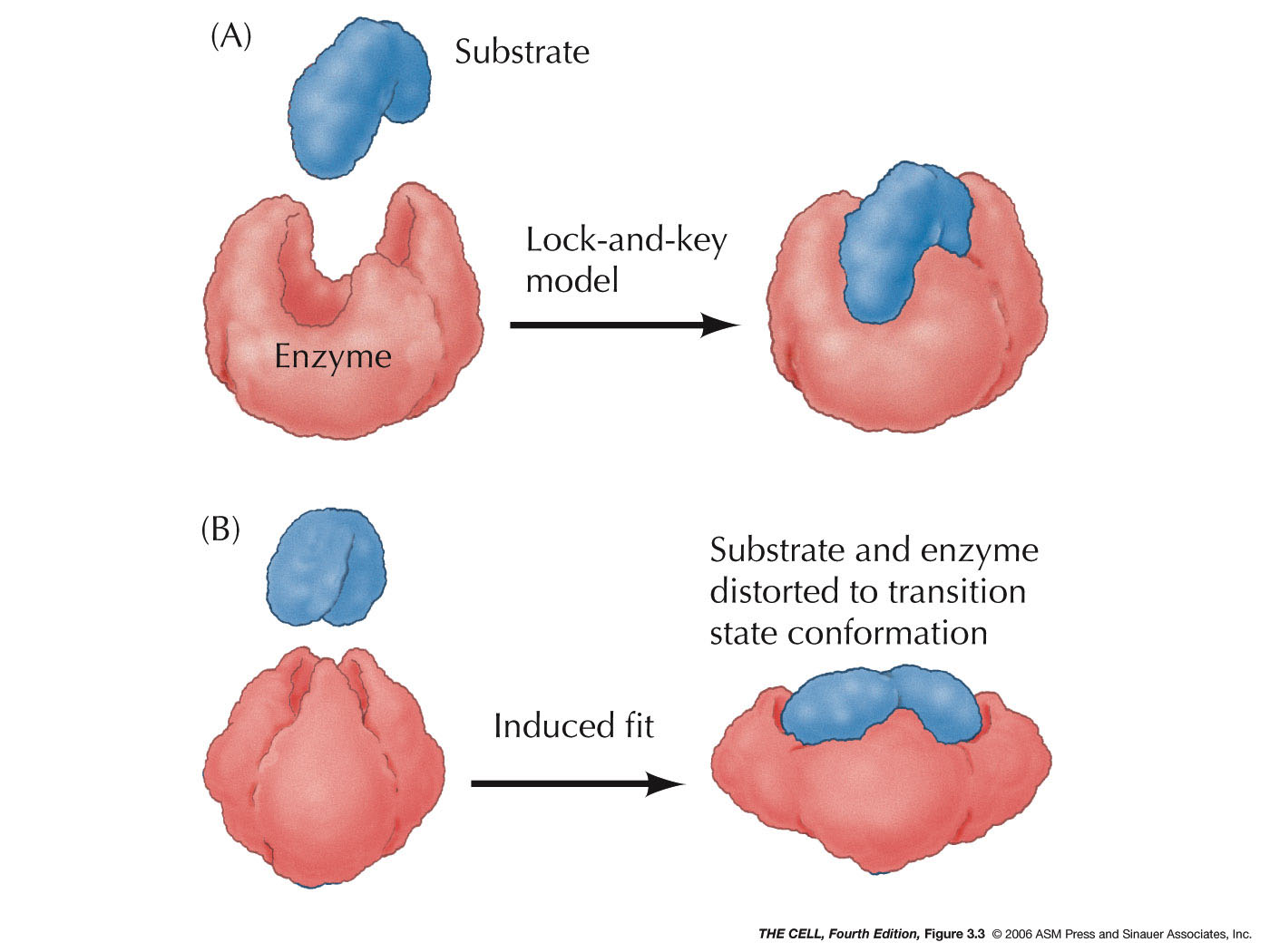
Metabolism

Solved Two models have been proposed to understand the
What are enzymes? - Enzymes - Edexcel - GCSE Combined Science Revision - Edexcel - BBC Bitesize
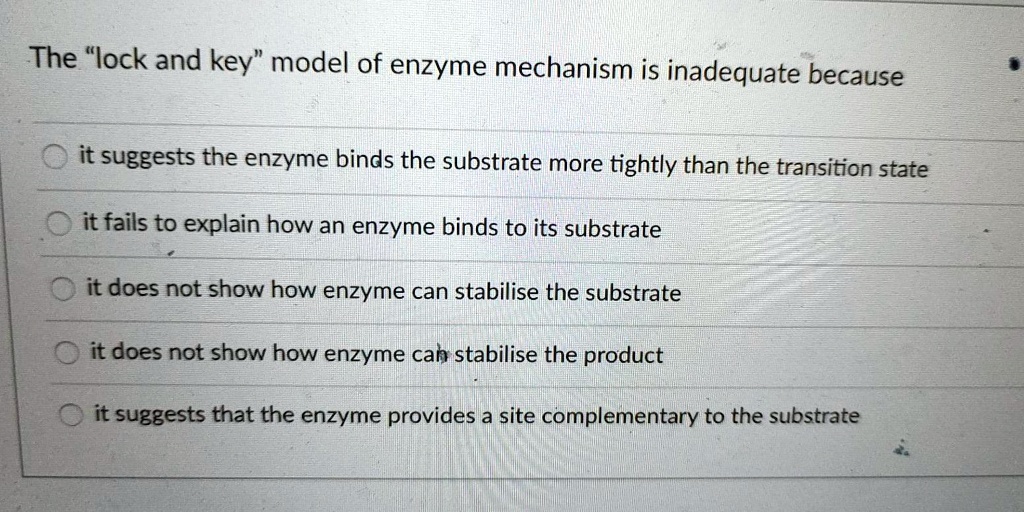
SOLVED: The lock and key model of enzyme mechanism is inadequate because it suggests the enzyme binds the substrate more tightly than the transition state it fails to explain how an enzyme

Ethiopia Learning - Biology grade 11 page 109 in English
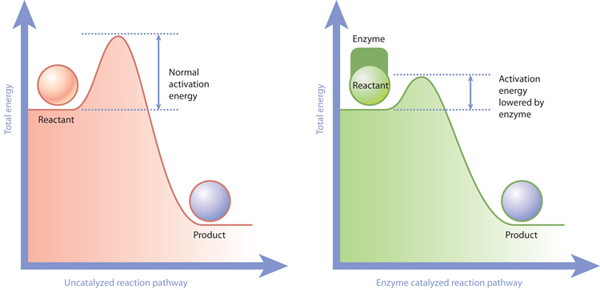
Enzymes Overview - Biology

Tuto (SAQ), PDF, Adenosine Triphosphate
Best Prices Available Lock and Key icon stock vector. Illustration of clip, mail - 355812, lock and key

The induced fit hypothesis and lock and key hypothesis of enzymes
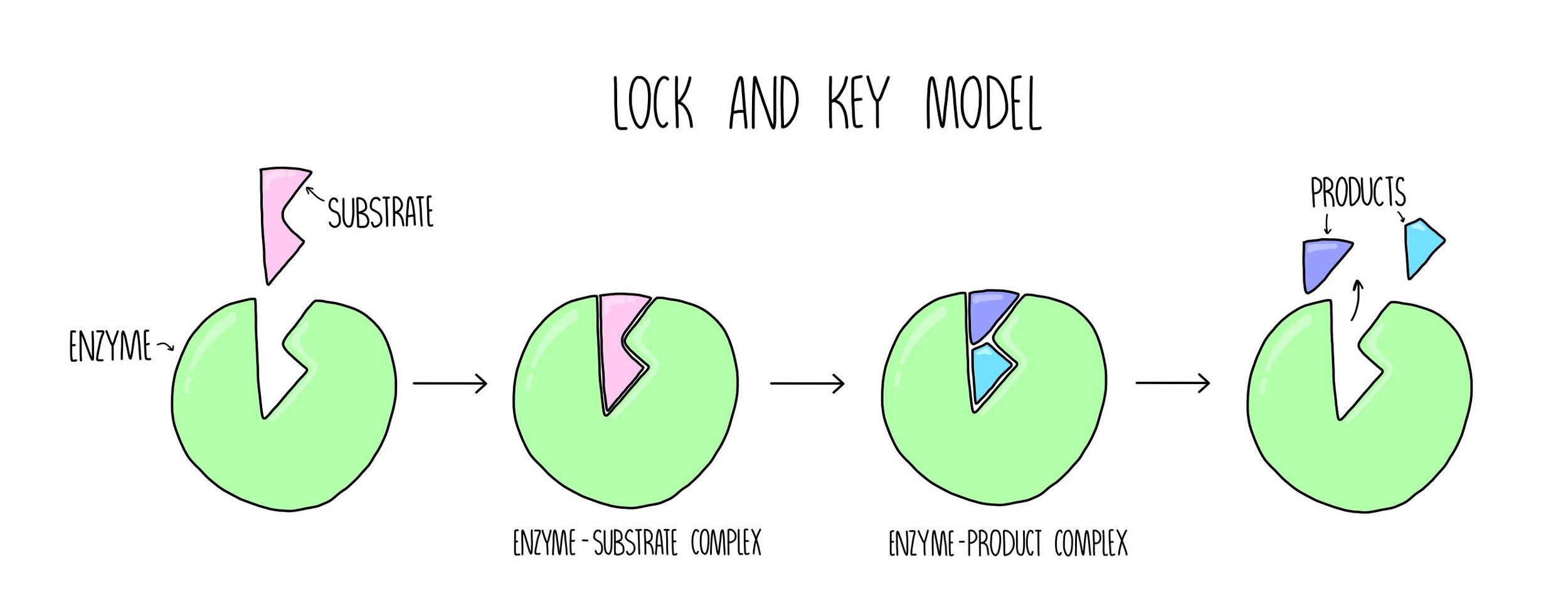
Enzymes (A-Level) — the science sauce
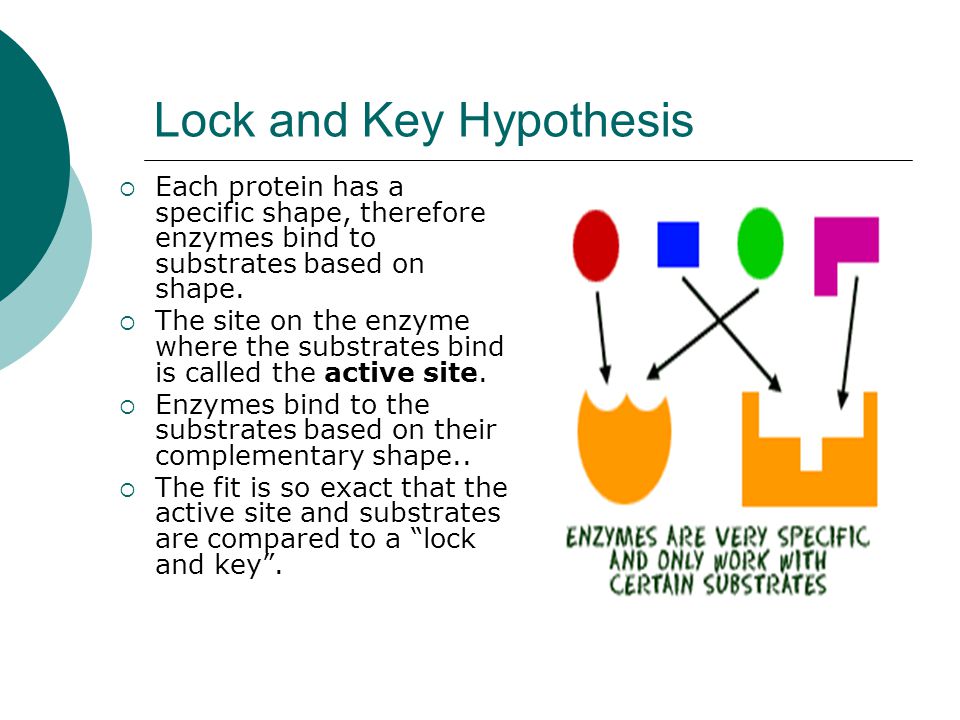
Enzymes a special type of protein. - ppt download

SOLUTION: Up biopharmaceutics and physical pharmacy - Studypool

Difference between Lock and Key hypothesis and Induced fit hypothesis

Models of Action
from
per adult (price varies by group size)
